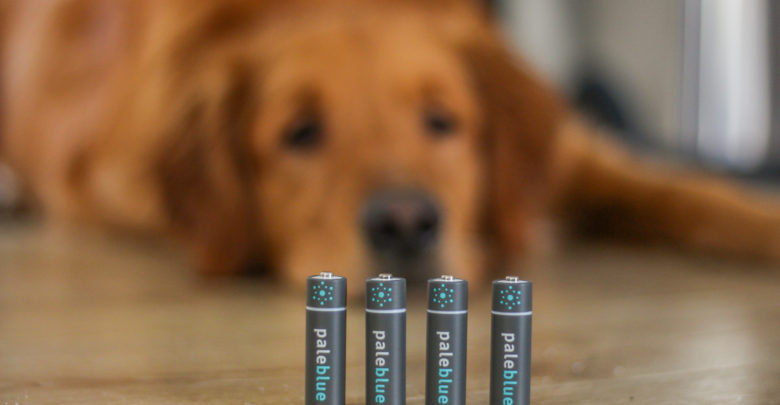50 Years Later and NiMH Batteries Still Haven’t Taken Off

Development of the NiMH battery first began in the late 1960s. The idea behind NiMH batteries was a good one, but it was also ahead of its time. Some 50 years later, the technology still hasn’t attracted all the attention its original inventors had hoped for.
So what’s the problem? Why don’t more companies make NiMH cells, and why don’t more consumers buy them? According to Pale Blue Earth, a Utah battery supplier based in Park City, NiMH batteries have some inherent weaknesses that make their appeal limited.
Questionable Performance
If there is one thing you can say about disposable alkaline batteries, it is this: they perform extremely well for their entire lives. The same is true for the modern lithium-ion batteries Pale Blue Earth makes. The same cannot be said for NiMH batteries.
Performance has always been an issue for NiMH technology. A typical NiMH battery performs just fine when fully charged. But once discharged between 40% and 50%, performance drops off drastically. Any professional photographer who has used NiMH batteries before switching back to alkaline can testify to this. It is not unusual to be in the middle of a photo shoot and suddenly observe one’s NiMH batteries quickly going south.
Continuous Discharge
All rechargeable batteries self-discharge to some degree. However, the chemistry of a NiMH cell is such that it continually discharges even when not in use. The older a battery gets, the more quickly it self-discharges. This can be a problem when you are expecting to use a battery-powered device on batteries that haven’t been charged in a while.
Imagine needing a flashlight when the power goes out. You pull it out of the drawer, flip the switch, and nothing. Your NiMH batteries might be comparatively new. But if you have not charged them in the last 8 to 12 months, they may not work until you charge them again.
Longer Charging Time
Another inherent weakness of NiMH batteries is the amount of time it takes to charge them. A typical set of AA batteries can take between eight and 10 hours to fully charge. That is not a bad thing if your only other choice is disposable alkaline batteries. But it is too long now that lithium-ion batteries are on the market.
Lithium-ion batteries can be recharged in about an hour. And even in cases where it takes a little bit longer, you are still not looking at the same 8 to 10 hours required by NiMH cells.
Separate Chargers
Finally, NiMH batteries require separate chargers. You might even have one at home. A separate charger plugs into a standard wall outlet and can accommodate between two and six batteries. Some bigger chargers can accommodate more.
Again, this is a better alternative than continuing to use disposable alkaline batteries. But it is also quite inconvenient. You either have to carry your charger with you or commit to only charging your batteries at home. For many people, it’s just easier to buy alkaline batteries instead.
Thankfully, modern lithium-ion batteries take advantage of modern charging options. Pale Blue Earth’s batteries are marketed as USB rechargeable batteries. Why? Because they can be recharged using any micro-USB cord and USB charging port. They do not require a separate charger and an available wall outlet.
NiMH batteries were ahead of their time in the late 1960s and early 70s. They never quite took off, though. Now you know why. If you are in the market for new rechargeable batteries, you might consider skipping NiMH and NiCad cells. Go straight to lithium-ion instead. It is better technology offering better performance and more convenience.




